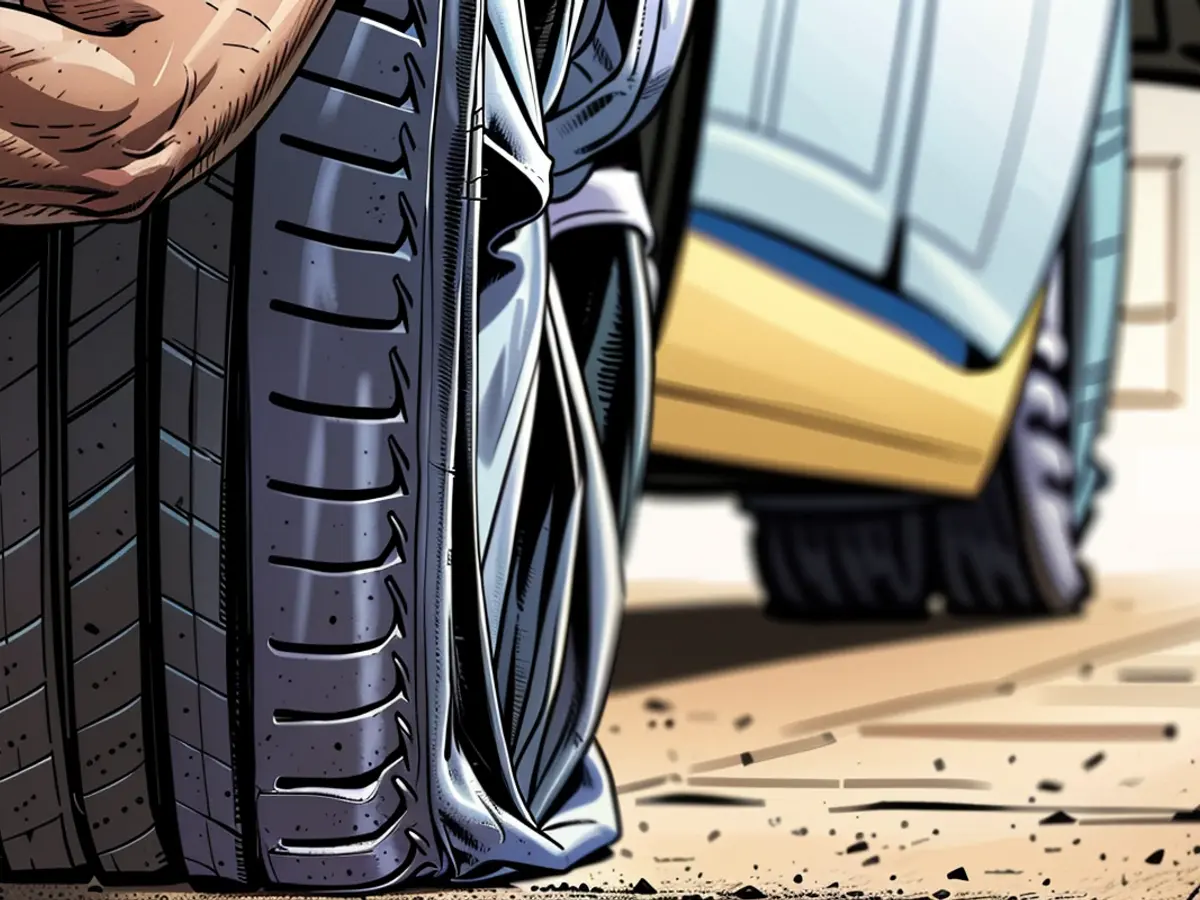How to Prepare Now for a Flat Tire (If Your Car Doesn’t Have a Spare)
If you find yourself on the side of the road with a flat tire, your first move is probably to pull out the spare and change it out—or call someone to help you with the switch. Your car's spare may be a smaller space-saving tire meant only to get you to the shop so you can get your full-size tire repaired, but if you drive a newer vehicle, you should check whether you even have a spare on board at all.
According to Consumer Reports, about 40% of cars sold today aren't equipped with any type of spare tire—even a temporary one—likely due to manufacturers' desire to increase fuel economy and decrease costs. Some vehicles don't even come with the tools needed to seal or repair a flat.
If you discover that your car is one of the 40% that lacks a spare, here's how to prepare for the possibility of a flat tire ahead of time.
Learn how to use an emergency repair kit
If your vehicle is without a spare, it may instead have come with emergency repair supplies to repair a deflated tire that has been punctured—this may include tire sealant and CO2 cartridges. Take the time to familiarize yourself with the tools and read any instructions that explain how to apply sealant (which can actually be more straightforward than a tire change). If you don't have any emergency supplies on hand, you can purchase the stuff yourself, including just packets of sealant or full repair kits. A portable air compressor can also come in handy for inflating sealed flats or low-pressure tires on the go.
Repair kits provide a temporary fix, and you shouldn't drive faster than 50 miles per hour or distances longer than 100 miles before getting your tire inspected. Note that tire sealant is ineffective for sidewall tears or severe flat damage, and when used, it may cost extra to be removed during the repair process.
Buy a temporary spare or used tire
Even if your vehicle doesn't come with a spare, it may have space to store one. You can purchase a space-saving temporary tire that fits your vehicle's make and model or consider buying a used (refurbished) full-size spare online. (Check to make sure a full-sized wheel will fit in your spare wheel well first.) Ensure you also have the tools required to change a flat, including a jack and lug wrench.
Check your roadside assistance benefits
Whether or not you choose to add a spare to your vehicle, you should know how to call roadside assistance when you need it. Newer vehicles purchased from a dealership may include complimentary roadside assistance as part of the warranty or service benefits, so check before you pay for an additional subscription. Otherwise, you can add roadside assistance to your auto insurance plan or sign up for AAA.
After learning how to use an emergency repair kit, ensuring you have the necessary tools and knowledge can be vital when encountering a flat tire during your travels. If your car lacks both a spare tire and emergency repair supplies, buying a temporary or used spare tire could be a wise decision for future road trips.
In the event that your car's roadside assistance benefits do not cover tire-related issues, checking your auto insurance policy for any additional coverage or considering signing up for a roadside assistance service like AAA can provide peace of mind in case of unexpected situations while you're on the road with an auto.








